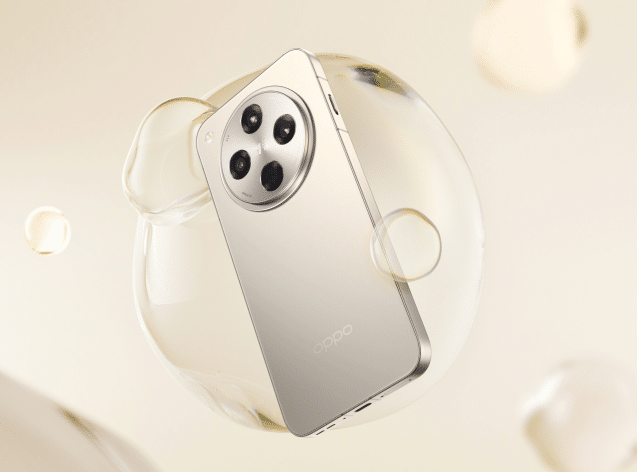Boating is a beloved pastime for many, offering freedom and the allure of open waters. However, with this freedom comes responsibility. Ensuring the safety of everyone aboard requires strict adherence to maintenance routines and comprehensive safety checklists.
In this article, we will delve into the essential steps for preventing boating accidents through proper maintenance and robust safety protocols. Read on.
The Importance of Regular Boat Maintenance
Proper maintenance is the cornerstone of boating safety. Regular checks and servicing not only prolong the life of your vessel but also mitigate the risk of accidents caused by equipment failure. Here is a boat maintenance checklist.
Engine Inspection
The engine is the heart of your boat. Regular inspections should include:
Like a car, your boat’s engine oil needs regular changing to ensure smooth operation. Follow the manufacturer’s recommendations for intervals. Ensure the cooling system is free from blockages and the coolant levels are adequate.
Look for leaks, corrosion, or wear in fuel lines and connections. Replace any components that appear compromised. This is important for maritime accident avoidance.
Electrical System Check
A malfunctioning electrical system can lead to serious issues, including fires. Key areas to inspect include:
Ensure batteries are fully charged and connections are clean and tight. Inspect wiring for signs of wear, corrosion, or damage. Replace any faulty wires. Ensure all fuses and breakers are functioning correctly.
Hull and Propeller Inspections
The integrity of your boat’s hull and propeller is crucial for safety. Regularly check for cracks, blisters, or other damage. Address any issues immediately to prevent water ingress.
Inspect the propeller for damage or obstructions. Ensure it spins freely and replace any damaged blades. This is a very essential part of vessel maintenance tips.
Safety Equipment Checklist
one of the significant watercraft safety protocols, having the right safety equipment on board can be a lifesaver in emergencies. Here are boating safety tips to follow before each outing:
Personal Flotation Devices (PFDs)
Ensure you have enough PFDs for every person on board. They must be in good condition and easily accessible. Remember, children and non-swimmers should always wear a PFD.
Signaling Devices
Ensure they are not expired and store them in a dry, accessible location. Test your VHF radio before departure to ensure it is functioning correctly. A loud whistle or horn is essential for signaling your presence or alerting others in case of danger.
First Aid Kit
A well-stocked first aid kit is indispensable. Regularly check the contents and replace used or expired items. Include basics such as bandages, antiseptics, pain relievers, and any necessary prescription medications.
Navigation Lights
Ensure that all navigation lights are operational. This is particularly crucial for night boating or low-visibility conditions.
Bilge Pump
A functioning bilge pump is vital for removing unwanted water from the boat. Regularly test the pump and ensure it is free from obstructions.
Emergency Plans
Prepare and review emergency plans with all aboard. Practice man-overboard drills, familiarize everyone with the location and use of safety equipment, and establish clear communication protocols.
It’s also beneficial to add boat insurance to your emergency plan. Check out HH Insurance Boat Insurance to learn more about it.
Avoid a Boating Accident in Your Nest Trip
Boating accidents are often preventable through diligent maintenance and adherence to safety protocols. By performing regular checks on your boat’s engine, electrical system, and hull, and by ensuring safety equipment is in top condition, you significantly reduce the risk of accidents.
Remember, safety on the water begins with preparation on land. Stay vigilant, stay prepared.
If you want to read more articles, visit our blog.
Copyright © 2024 California Business Journal. All Rights Reserved.




